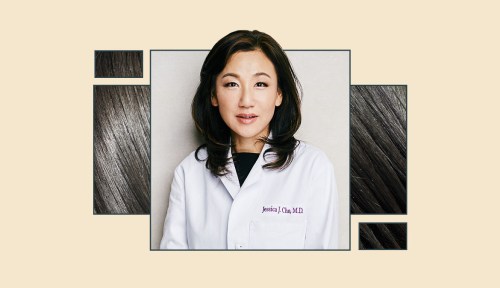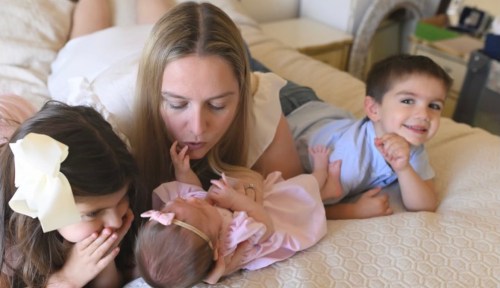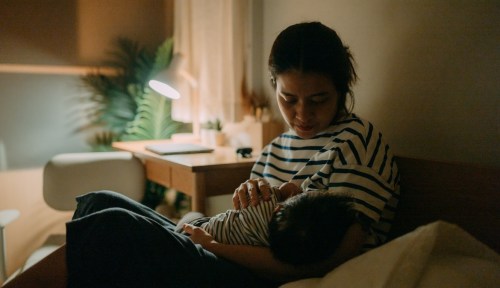Six months after Jessica Cho, MD, had her first baby, she went bald. “I had to regrow every hair on my head,” says Dr. Cho. This experience challenged everything she knew about herself and her approach to medicine. It led her to shift her focus from regular internal medicine to integrative medicine, taking a more holistic approach to health and wellbeing. It also made her an expert in hair restoration.
Experts in This Article
Los Angeles-based internal medicine physician
“I went to a lot of doctors and specialists and even when I was having no libido, no hair on my head, and I was having these crazy cravings, I was told I had no disease,” says Dr. Cho. So she adopted a new medical motto: “Wellness is not the absence of disease, it is a full life of harmony, balance, and vitality.” She realized that the hair loss was just the tip of the iceberg, the one signal her body sent that she couldn’t ignore.
“I walked the journey,” she says, “so I understand, not only that you need to have a solution, but also how much it impacts your own image, your identity, your confidence. Hair defines who you are and how you feel about yourself. So to me is not about vanity.”
She now approaches hair restoration from the inside out. Learn more about the hair-loss lessons she learned and how she applies them while treating patients.
4 hair-loss lessons an integrative medicine doctor learned from her own journey
1. Hair doesn’t just fall out for no reason
“We need to not approach hair loss from outside in. we have to approach from inside out,” says Dr. Cho. “Because your hair doesn’t just fall out for no reason. It is not a random occurrence. This is a complex entity where a lot of fundamental root problems have to come together and then be understood and fine-tuned in a way that actually creates a new creative balance and harmony for you to grow new hair.”
2. The cause can be multifactorial
“My hormonal change, which kind of happened about six to eight months after I delivered my baby, was when I actually lost all my hair,” says Dr. Cho, adding that this is the most common timeline associated with postpartum hair loss . “But it wasn’t just the hormone in my case—it was my prolonged stress, poor sleep habits, and high inflammation. Finally when my hormones shifted, it just kind of broke out into full explosive hair loss. And so I don’t say everybody has to have all those elements in their hair loss. But it’s a very common thing that a lot of people have a multifactorial etiology.”
3. You have to get to the root of hair loss to see long-term improvement
“My experience really has taught me to look beyond what tradition teaches you,” says Dr. Cho. “They teach you to look at a problem and come up with a solution that fixes that problem. This has taught me to look beyond the one problem that has happened because that problem is only the tip of the iceberg. There are a lot of other issues that happened before that problem came through as a manifestation. You’re not really done with the complete restoration until you understand all the little steps that lead to the explosive problem. It’s about treating the whole underlying root problem as well as the problem. So your hair is actually fixed for good.”
4. You have to listen to your body
“This happened during the first two years of my practice,” says Dr. Cho. “It’s like, you go through college and medical school and training and you come out you take your boards and you start to practice—it was like a never-stopping roller coaster. And I think in the spirit of that roller coaster and just chaotic life, you forget to look at yourself. And you also don’t think about listening to your own body’s language. I teach my patients that every symptom, every single sign—night sweats, cravings—all of those things are your best friend, your body, telling you through an Instagram message almost like it’s giving you a language of what’s going on is trying to catch attention from you. We ignore it or we don’t know how to decode it, or we simply don’t understand what it means. So it’s all about taking the time to listen and understand and decipher that code and translate to.”
Learn more about managing hair loss:
Want even more beauty intel from our editors? Follow our Fineprint Instagram account for must-know tips and tricks.
Sign Up for Our Daily Newsletter
Get all the latest in wellness, trends, food, fitness, beauty, and more delivered right to your inbox.
Got it, you've been added to our email list.











